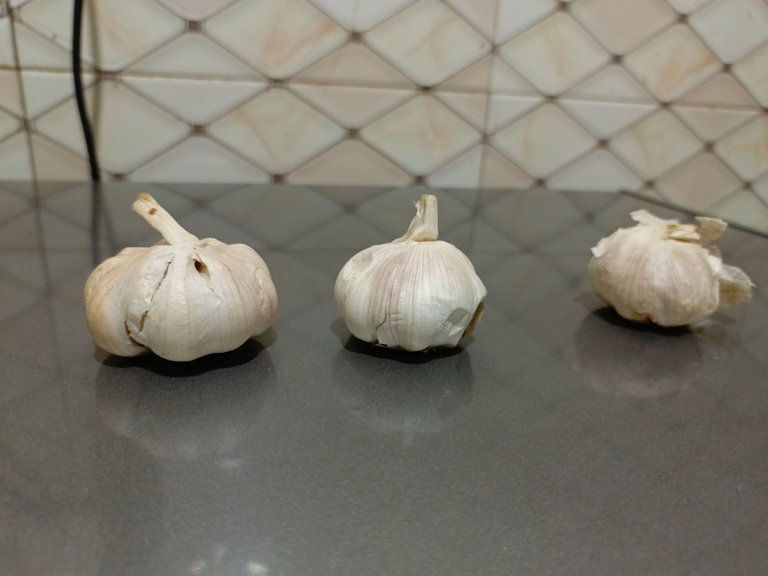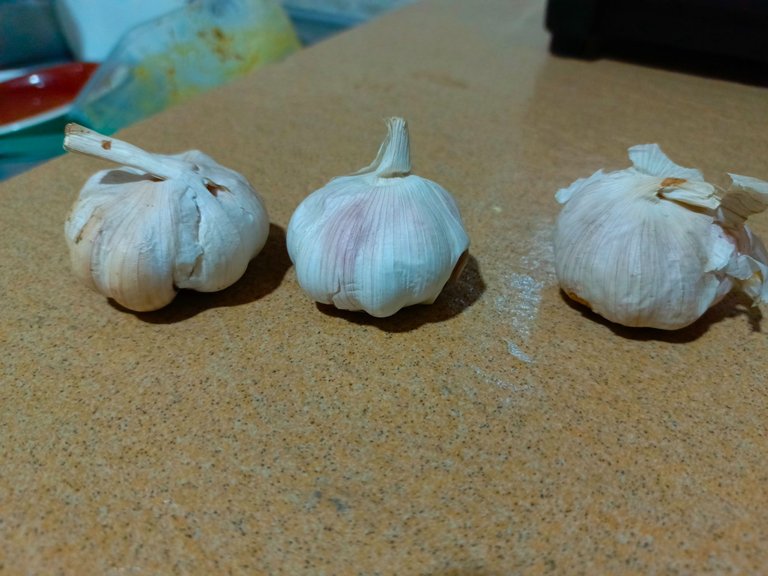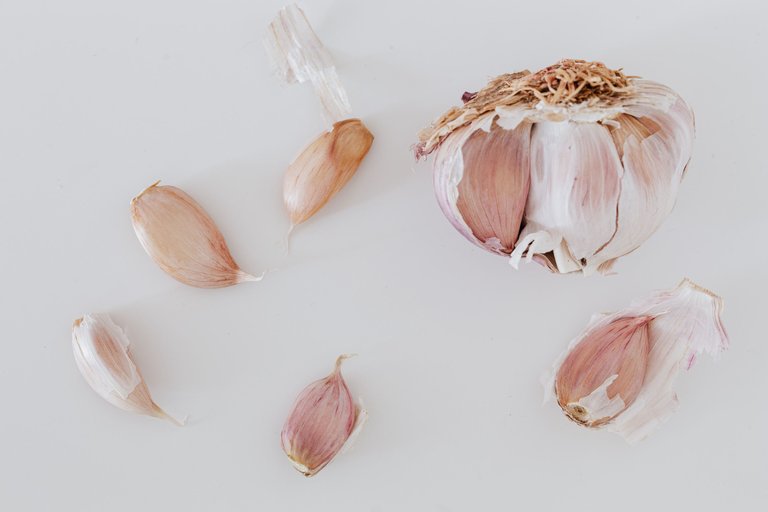
Garlic is not only a staple ingredient in many cuisines around the world, but it has also become a lucrative crop for farmers and entrepreneurs. With its numerous health benefits and versatile culinary uses, the demand for garlic has been steadily increasing. As a result, many individuals are turning to garlic cultivation as a profitable business venture. This blog explores the ins and outs of growing garlic and provides valuable insights and tips for those interested in making money from this aromatic bulb. Whether you have a small backyard garden or a large agricultural plot, this guide will help you navigate the world of garlic farming and maximize your profits. So, are you ready to dig into the world of garlic cultivation and cash in on its success?
Why garlic farming can be a profitable venture
If you've ever wondered if garlic farming could be a lucrative business, we're here to tell you that it definitely can be! Garlic is not only a delicious ingredient in many dishes, but it also has some amazing health benefits. And with the growing demand for organic and locally sourced produce, garlic farming can be a profitable venture.
First of all, garlic is a relatively low-maintenance crop. It doesn't require a lot of water or fertilizer, and it doesn't attract many pests or diseases. This means that you won't have to spend a ton of time or money on maintenance, which is always a plus.
Another reason why garlic farming can be profitable is that it has a long shelf life. Unlike some other crops that need to be sold immediately after harvest, garlic can be stored for months without losing its flavor or nutritional value. This gives you more time to sell your product and reduces the risk of spoilage.
Additionally, garlic has a high market value. It is widely used in the culinary world and has gained a reputation as a superfood. People are willing to pay a premium for high-quality, locally grown garlic. And with the rise of farmers markets and farm-to-table restaurants, there are plenty of opportunities to sell your garlic directly to consumers.
So, if you have some land and a passion for garlic, why not give garlic farming a try? With its low maintenance, long shelf life, and high market value, it can be a profitable and rewarding venture.
Essential steps to start growing garlic
Here are a few essential steps to get you started on your garlic-growing adventure.
First things first, you'll need to choose the right type of garlic for your area. There are softneck and hardneck varieties, each with their own unique characteristics. Do your research and pick the one that'll thrive in your soil and climate.
Next up, it's time to prepare your soil. Garlic loves well-draining soil that's rich in organic matter. So get your hands dirty and add some compost or aged manure to give your garlic a nice, nutrient-packed home.

Now it's time to get planting. Break apart your garlic bulb into individual cloves, making sure to keep the papery skin intact. Plant each clove about 2 inches deep and 6 inches apart, with the pointed end facing up. Cover them with soil and give them a good drink of water.
Once your garlic is in the ground, make sure to keep them watered throughout the growing season. They like it moist, but not waterlogged, so find that sweet spot and stick to it.
As your garlic starts to grow, you'll notice these cool curly things called scapes. Don't throw them away, my friend! They're not only delicious but also a sign that your garlic is doing its thing. Snip them off to encourage bulb growth and use them in all sorts of yummy recipes.

When your garlic leaves start to turn yellow and droopy, it means they're ready to harvest. Gently dig them up, trying your best not to damage the precious bulbs. Let them dry in a cool, dry place for a couple of weeks until the outer skins become papery.
In conclusion, growing garlic presents its own set of challenges, but with careful planning and proper techniques, it can be a rewarding endeavor. From selecting the right variety to managing pests and diseases, there are several challenges that garlic growers might face. However, with dedication and knowledge, these challenges can be overcome.


I am not really know much information about garlic. Thank you for sharing information about the growth of garlic. I'm interested to know how garlic is maintained in your region. As for me, I live in Cambodia where garlic is a commonly used ingredient as well.
Thank you so much!
Well, To maintain garlic in my region, there are several key considerations that farmers should keep in mind. Firstly, it is crucial to select the right variety of garlic that is suitable for the local climate and soil conditions. This will help to ensure that the crop grows well and produces high-quality bulbs.
Proper soil preparation is also essential for maintaining garlic. The soil should be loosened and enriched with organic matter before planting. This can be achieved through practices such as ploughing, harrowing, and incorporating compost or well-rotted manure into the soil.
Planting garlic at the right time is crucial for its successful growth and maintenance. In Nigeria, garlic is typically planted in the dry season, as it requires cool temperatures and a period of cold stratification. Farmers should aim to plant garlic between November and January, depending on the specific location and weather conditions.
Regular irrigation is critical for maintaining garlic in Nigeria, as this crop requires consistent moisture to grow well. Farmers should ensure that the garlic plants receive adequate water throughout the growing season, especially during dry spells or drought periods. It is advisable to use drip irrigation or other efficient water management techniques to minimize water usage and maximize crop yield.
Another important aspect of garlic maintenance is weed control. Weeds compete with garlic plants for nutrients, water, and sunlight, which can negatively impact their growth and yield. Farmers should implement effective weed control strategies, such as mulching, hand-weeding, or the use of herbicides, to keep the garlic beds free from weeds.
Additionally, garlic plants should be regularly monitored for pests and diseases. Common pests that can affect garlic in Nigeria include aphids, thrips, nematodes, and bulb mites. Farmers should be vigilant and take appropriate measures to control these pests, such as applying insecticides or using biological controls.
Harvesting garlic at the right time is crucial for maintaining its quality. In Nigeria, garlic is typically ready for harvest when the tops start to dry and turn yellow or brown. Farmers should carefully lift the bulbs from the ground and allow them to dry in a well-ventilated area before storage.
Proper storage is the final step in maintaining garlic in Nigeria. The bulbs should be stored in a cool, dry, and well-ventilated place to prevent sprouting and spoilage. Farmers can use techniques such as braiding or hanging the garlic to maximize storage space and ensure good air circulation.